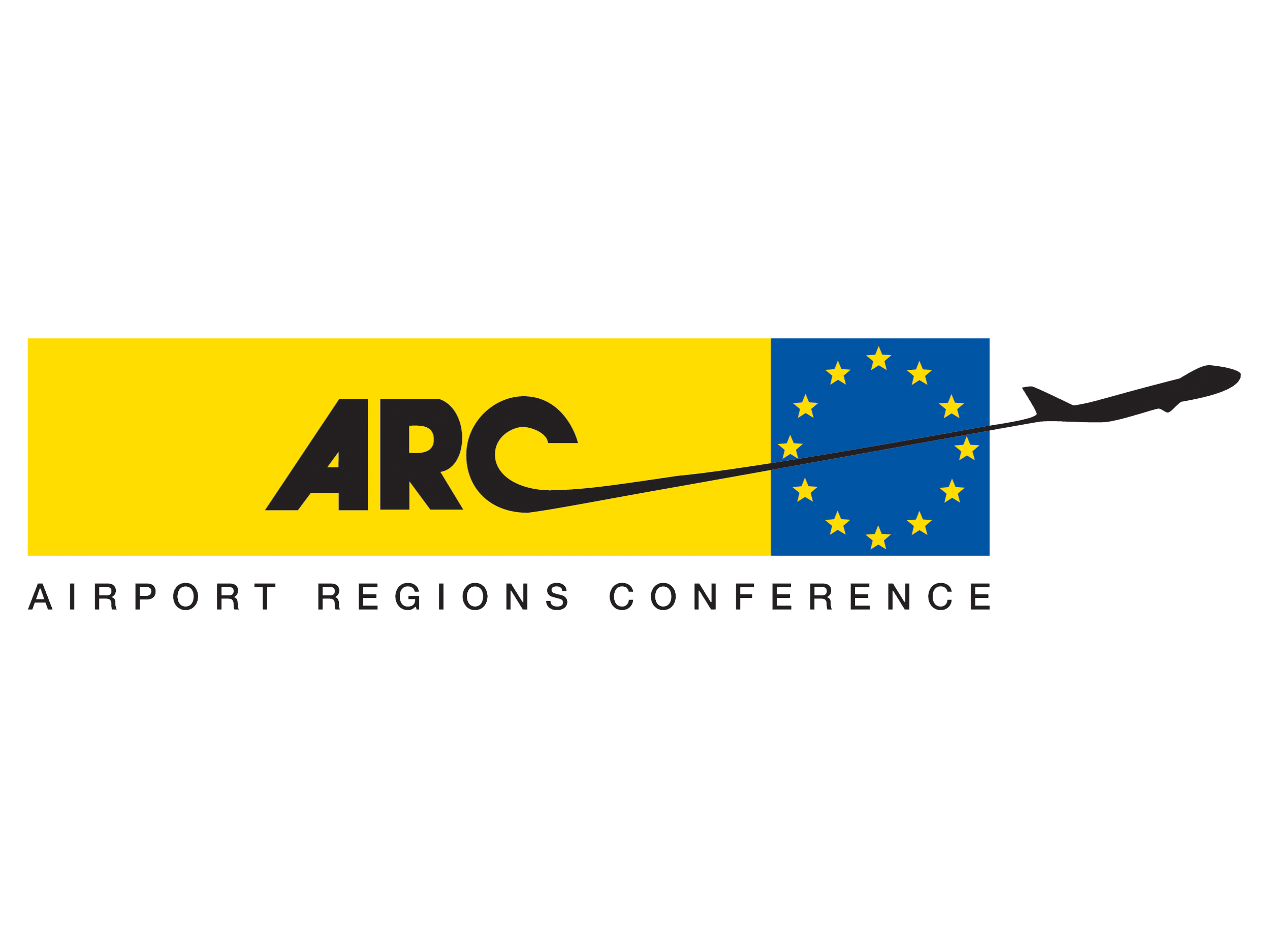ARC Position paper on Urban Air Mobility
- Airport Regions

- Mar 10, 2022
- 3 min read
With the advent of Urban Air Mobility (UAM), the use of airborne vehicles (e.g.,
Commercial drones and 'flying taxis') in and over cities by a variety of users will soon
become a reality. Local and regional government authorities see potential in using UAM
services for increasing life quality in populated areas (urban/regional/rural) by
offering quicker assistance from first responders, the inspection of critical infrastructure
and buildings, and the sustainable socially supported transport of goods and persons,
just to name a few.
But activities in the third dimension over cities and regions will, however, not be
isolated as for other aviation operations and facing the same airspace integration
challenges as in the upper airspace. Instead, it is clear that there will be close
interaction with the ground, in ways not fully known as of today. For example, drones
being audible and visible from the ground could therefore interfere with existing
societal habits and infrastructure at urban and regional levels. This is where local and
regional governments, accountable for their citizens, stress the sine qua non need of
multilevel governance of the low-level airspace over populated areas.
Therefore, Airport Regions Council recognises the need for a harmonised and universal U-Space regulation at the EU level and acknowledges the need for the approval of urban flight
operations at the national level, in alignment with U-Space regulations. Moreover, ARC
recognises the need for national and regional competent civil aviation authorities to be involved in the legal implementation and approval of urban flight operations in accordance with the principles of subsidiarity and proportionality.
ARC also recognises and requests that the role of cities and regions as one of the
competent authorities in the governance of the urban airspace is explicitly acknowledged and referenced in the prospective U-Space legislative clauses of Member States. This is imperative in the context of multilevel governance of U-Space and responsive decentralised policy implementation.
ARC considers that there are four key aspects regarding the future development of urban mobility where the action is needed: governance environment, safety and security and transparency.
GOVERNANCE
Cities/Regions must have a deciding role:
In allowing the operation of UAM services of public interest (e.g., future public transport, postal deliveries, emergency services) in alignment with the needs and preferences of their citizens;
In establishing to what extent UAM/U-Space operations can be carried out in their territories;
In defining where and how UAM/U-Space flight operations are permitted within their territories (e.g., geo-fencing, day- / night-time restrictions, noise and visual abatements);
In choosing where take-off and landing sites are to be built;
In prosecuting infringements of the public use of the urban airspace over a city/region remains as a local task;
In establishing clear rules and insurance terms to cover potential damage from UAM to third parties, infrastructure, and wildlife;
In creating an independent authority to investigate accidents/incidents/complains related to drone operations;
In strictly limiting the access to video recordings during and after a drone mission - privacy Fly as slow as possible – preserve animal life;
ENVIRONMENT
To limit minimum altitude to reduce noise;
To establish no-fly zones for drones – to preserve natural areas, schools, hospitals, etc.;
To identify a strategic location for vertiports to reduce noise;
To avoid hovering drone flights to reduce noise;
To promote the use of renewable energy sources to recharge batteries;
To use sustainable aviation fuel for hybrid drones;
To ensure proper maintenance processes and controls for batteries to extend their life cycle;
To develop eco-friendly drones (re-cycling parts);
To regulate the time and volume of traffic of drone flights;
To continue research to fully understand the unique acoustics effects of drones impact on wildlife and on persons;
To develop an environmental protection culture in the drone industry – environment.
SAFETY & SECURITY
To identify a strategic location for vertiports;
To develop a "risk and safety culture" in the drone industry;
To regulate the time and volume of drone traffic flights;
To identify the classes of drone operations that can be used under specific extreme meteorological conditions;
To develop a 'safety culture' in the drone industry;
To allow law enforcement to monitor drone traffic directly in U-Space;
To consider strengthened Cyber security vulnerabilities in this low-airspace
To set up countermeasures against criminal/illegal use of drones.
TRANSPARENCY
To increase public knowledge about drone technology and operations;
To provide a U-Space information service to citizens for the purpose of verifying the mission of a drone.
PRIVACY
To limit minimum altitude in order to improve privacy;
To establish no-fly zones for drones – to preserve natural areas, schools, hospitals, etc.
To ensure that electronic devices on drones (cameras, sensors, etc.) cannot be used to infringe on privacy
ARC will work with all stakeholders and especially the ones representing local and
regional authorities in order that the voice of the direct democratic representatives of
the citizens at local and regional levels is heard:
a) in the forthcoming European U-Space Regulatory Framework by acknowledging
the imperative for multilevel governance of U-Space and
b) in the legislative processes of U-Space Regulation by the Member States
In this sense, we call all EU level organizations of local and regional organisations at
EU level to work together and to get our voice heard.



